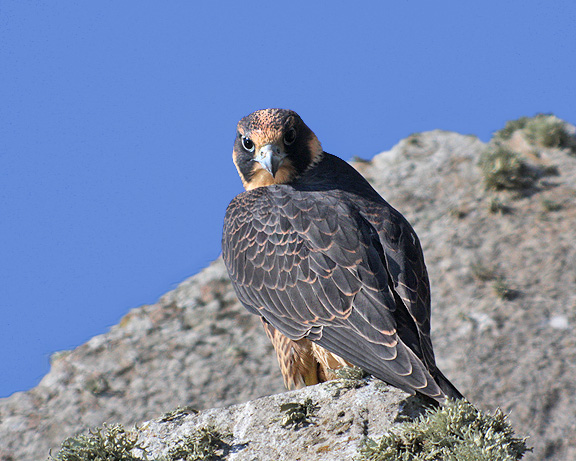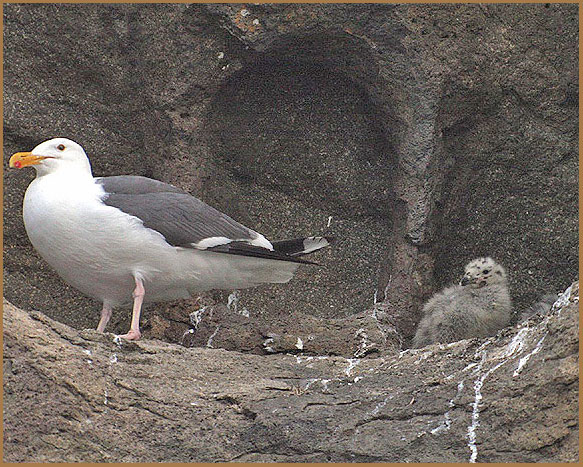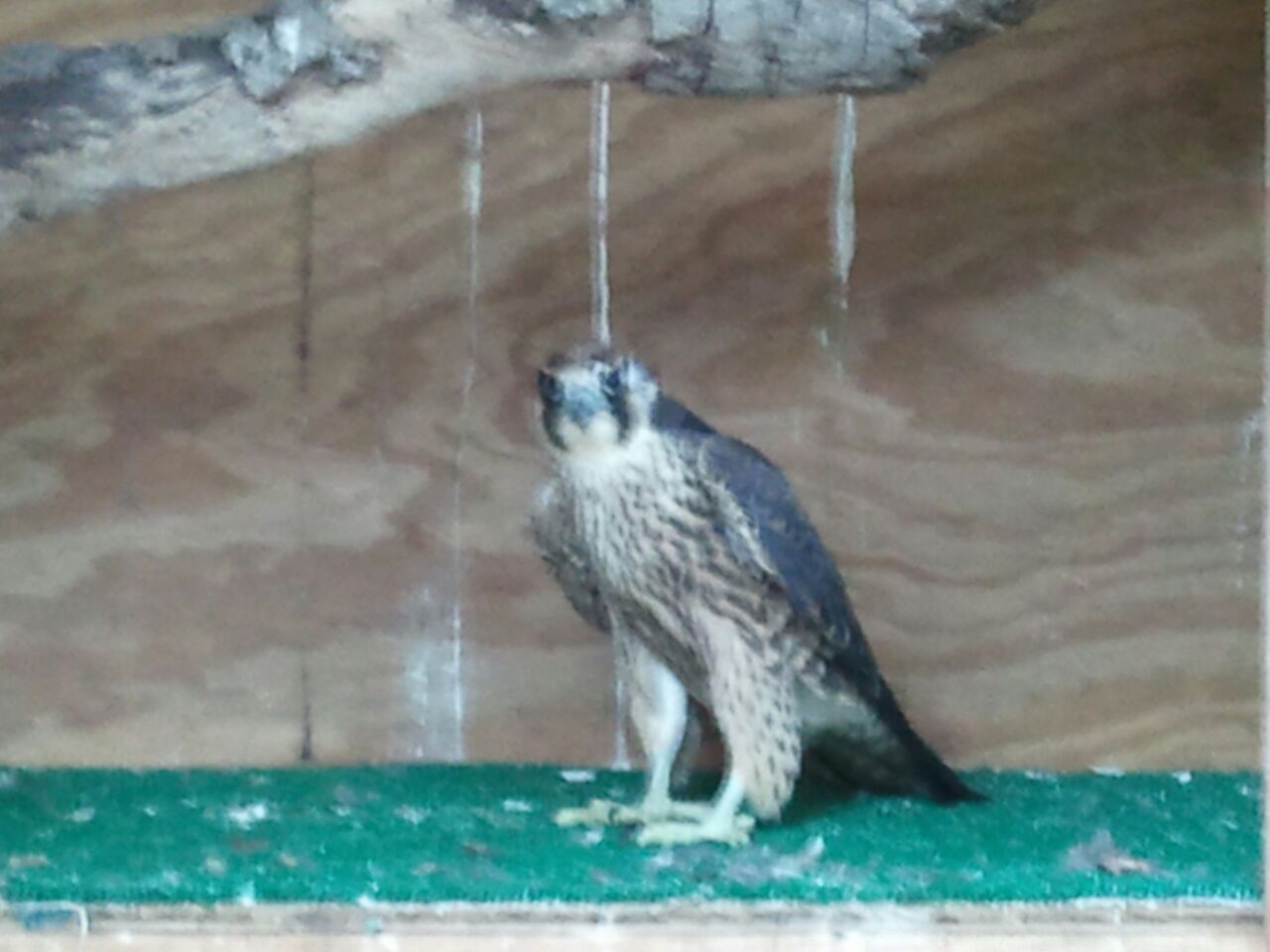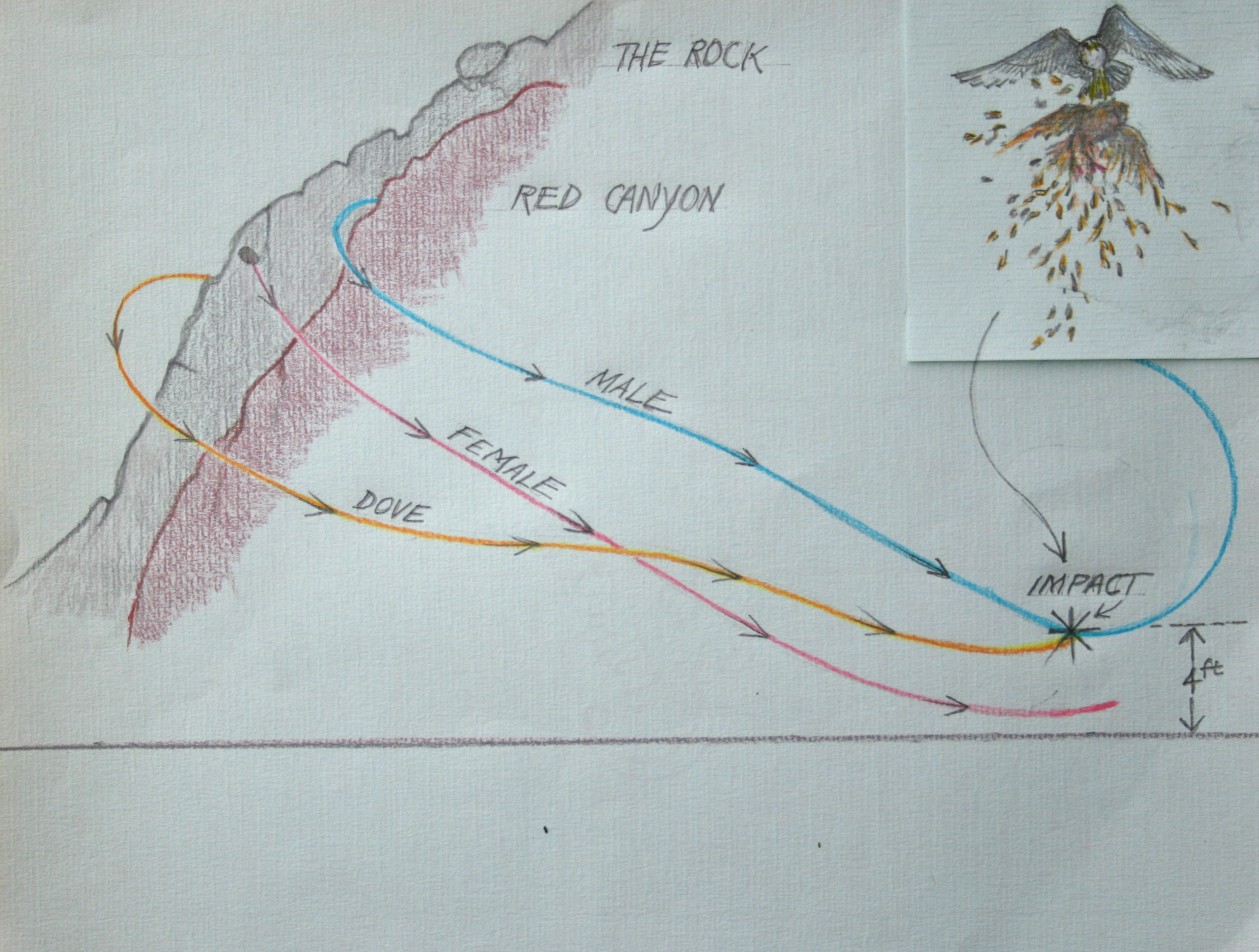Follow Blog via Email
Join 1,623 other subscribersSupport the Peregrine Watch
-
Recent Posts
- Incubation begins… March 19, 2025
- Breeding big time… February 28, 2025
- Better late than never… February 10, 2025
- Morro Bay Winter Bird Festival 2025… January 28, 2025
- Strange year…2024… December 25, 2024
April 2025 S M T W T F S 1 2 3 4 5 6 7 8 9 10 11 12 13 14 15 16 17 18 19 20 21 22 23 24 25 26 27 28 29 30 Archives
Details
Tags
- accident or injury
- artwork
- Bob Isenberg
- breeding
- brooding
- California
- California Polytechnic State University
- chicks
- Cleve Nash
- courtship
- Doris
- eagles
- education
- eggs
- falcon
- feeding
- gulls
- Heather O'Connor
- hunting
- incubation
- invaders
- juvenile
- mammals
- migration
- Morro Bay
- Morro Bay Winter Bird Festival
- Morro Rock
- other birds
- owl
- peregrines
- photography
- Piedras Blancas Lighthouse
- prey
- scholarship
- Shell Beach
- shorebird
- solstice
- stoop
- summer
- survival
- visitor
- vultures
- weather
- whales
- winter
Join us on Facebook
Category Archives: falcon
Above the rest…

Photo by Cleve Nash
This is the third in a series of tales about the “famous and not-so-famous birds of Morro Rock.
Before I get into the story of our third famous bird, I would like to give our readers an update on the injured falcon chick found June 26, 2012. The young bird is doing well. She has been moved to a larger 30 foot flight cage where she is being conditioned to fly. With full time care by Jeri Roberts, she will be released in the next week or so. I hope to have a video of this.
Every few years, we have a clutch of young falcons with one bird in it that shines head and heels above the others. This bird was hatched on the north side of the rock in a cast of three falcons. He was a small male, distinctively colored with a pale bleached blond hairdo. Some one called him the “Surfer” and the name stuck. He was very gregarious and much of a loner. He didn’t seem to indulge in nestling games. You might say he didn’t play well with others. He was farther ahead of the others in every respect, very agile and coordinated. As they got older and ready to fledge, the other two would flap to strengthen their muscles, but the “Surfer” instead flew straight off the ledge and across the bay to the big power plant and landed on the roof. We were all astonished and amazed. They don’t do this. They fly 50 feet and crash in a bush. For the next couple of days, they might go 200 yards and get stuck on a steep slope for two hours. But not the “Surfer.” On his third day of flying, he tried to grab a swallow over the north parking lot. The other two young falcons could only watch and wish.
By fall when it is time for the adults to chase the young off, the “Surfer” was already gone. I missed him. He was special.
Happy trails, Bob
Posted in chicks, falcon, juvenile, Morro Rock
Tagged accident or injury, chicks, falcon, juvenile, Morro Rock, peregrines, survival
Leave a comment
Then there were none…

Photo by Cleve Nash.
This is the second in a series of tales about the “famous and not-so-famous birds of Morro Rock
The chimney is the home of “Heathcliff and Gertrude.”* It is a free-standing spire about 60 feet in height with many holes and crevices. It has one large dominant hole with two vertical ridges at the back giving the appearance of a throat with a smaller hole underneath. It is separate from the main rock by about five feet. Every year the large hole is occupied by a pair of Western Gulls at nesting time. You just kind of took them for granted; they were a fixture.
About four years ago, the female peregrine took an interest in the chimney and would fly by the face of the hole. That year, the falcon had three young just out of the nest. The gulls had three downy chicks in the large hole on the chimney. The male falcon would land on top of the chimney frequently with prey to pluck and then deliver to the young. Then one day I no longer took the gulls for granted; they got my full attention. When the female falcon swooped in and grabbed one of the chicks and flew over to one of her young not far away and proceeded to open up the chest cavity for the chick. Within minutes she came back and took a second chick, but not without the parent gull giving chase. She killed the young gull on the wing by severing the neck behind the head and gave it to her second chick. She returned one more time and landed in the small hole beneath the larger nest site hole. When the adult gull flew from the nest to see where she went, the falcon jumped up and grabbed the third gull chick and took it to a perch alive. I watched the falcon with the chick in her talons through my spotting scope for three or four minutes. The young gull sat there looking around in the falcon’s talons. The falcon was looking around for her third chick. She spotted it on a distant dune a half mile away. Then she proceeded to bend down and dispatch the gull, then flew it out to her young on the dune. No one occupied the chimney hole this year, but I am sure in the future there will be another “Heathcliff and Gertrude.”
Happy trails, Bob
* Heathcliff and Gertrude – Some of you will remember the “Red Skelton Show” of the 60s and 70s and his skit of the two seagulls “Heathcliff and Gertrude.”
Posted in chicks, falcon, gulls, hunting, juvenile
Tagged chicks, falcon, gulls, hunting, juvenile, other birds, peregrines, survival
Leave a comment
I just had to find out…

We are trying to keep you abreast of the peregrines activities at the rock, but it’s been rather quiet since the juveniles have fledged and flown over to the sand-spit to learn survival skills and hunt. In addition to the comings and goings of the magnificent and regal peregrines, the vultures have been coming in twice a day to visit the old nest site. No black downy chicks have shown up. It is just speculation that they might be there. Bob said they could hatch late in the season because there would be higher attrition rate among other young juvenile birds of all breeds. The vultures would be the clean up crew. We’ll keep watching.
Last Saturday I went up to work at the Coastal Discovery Fair for Friends of the Elephant Seals. At the fair, I met Marcelle who mentioned that a peregrine had been brought into Pacific Wildlife Care on June 26. It had been injured, so I just had to find out what the details were to pass them on to you. Bob mentioned that peregrines who have broken wings are usually from miscalculated kills, hunting accidents, jousting, sparring and collisions with power lines and guy wires.
A few days later after a long conversation with Jeri Roberts, I learned that it was a juvenile female falcon found by a boater on the bayside of the sand-spit. It may have been one of our four chicks from the south side of the rock not “Solo” from the north side, who Bob has seen frequently over the past few days. This injured bird had fallen into the water with a broken wing. More carefully examined, it had a left eye abrasion. Pacific Wildlife Care decided to splint the wing because it was the ulna that was broken and could be strapped to the larger bone, the radius. No pinning of the ulna was necessary. Bones in these young birds knit quickly. The peregrine was confined to a small carrier, something an extremely athletic bird doesn’t like at all, but it had to be done so the broken bone would knit. She had her vision limited with a falconer’s hood. So as soon as possible, she’ll be moved into a small flight cage. They then gradually move the bird up to a larger cage when they think it is safe to do so. It’s a delicate balancing act confining the peregrine to have the wing heal and keeping it from becoming depressed from lack of space. Consider an Olympic athlete having a broken bone and being restricted severely until it heals!
She weighed 930 grams on arrival and now weighs 1009 grams. We think she is doing quite well. Average weight for females: 825-1094grams and for males: 550-647grams
At the end of our conversation, I asked her if I would be able to take a photo. “No,” said she. Since this type bird is very territorial and easily upset, it wouldn’t be a good idea. Jeri said that she cautiously feeds this young female so as to not upset her, but she did take a cell phone photo very cautiously for you to see. Can’t see the wing wrap though. We’ll keep in touch, plan to see and photograph her when possible and, of course, see her released! ~Heather
Posted in falcon, juvenile
Tagged accident or injury, falcon, juvenile, peregrines, survival, vultures
Leave a comment
The progression of a high speed kill…

Many visitors to the rock and our website have asked me this question. Do you ever see them make a kill? Yes, many times!
Morro Rock is 576 feet above sea level; the perches of male and female are approximately 25 yards apart and 375 feet above the parking lot. The morning dove approached the rock from seaward, rounding the corner of the rock about 150 feet above the parking lot. The male spots it immediately and takes off at speed. Looks like a humming bird. The female closes in about half a second behind and approaching Mach 0.20.
The morning dove travels about 55 mph in level flight. ‘Rounding the rock from windward, he could have a 10-15 mph tailwind on any given day. The distance from where the dove would have been spotted to where it fell is approximately 300 yards. A morning dove at 60 mph will travel 88 feet per second. The disadvantage for the falcon is that he will probably lose one second just spotting the dove. Also, he is at a dead stop. His advantage is the altitude that he has over the dove, about 200 feet. The falcon must cover this distance in approximately nine seconds from a standstill position which he did.
He is much like a quarter horse or a sprinter, where she is like a thoroughbred. Once she gets the long legs going, look out. At impact with knuckled talons, he hits the dove in an upward swoop. With a burst of feathers, he continues into an inside loop to capture the prey, but the female at speed picked it off of the parking lot before the male could complete his loop.
It is very rare that this can be captured on film. It is seconds in time. Neither the operator nor the camera with auto focus are fast enough to capture this. You have to be there. One of our avid website watchers was witness to this kill and still talks about it today, a year later.
High altitude kills from 1000 feet or more with spectacular stoops normally happen over the estuary and sand-spit. There are dozens of ways they take prey. This scenario with the dove is only one. ~Bob
Just a few nuggets…
Just a few nuggets from the rock today. The video we posted of “Rosie,” the Shell Beach falcon, did not capture the coloring because of lighting and location. Here is a still of her the same day by Cleve Nash. … Continue reading
Shell Beach peregrines with a pigeon
http://www.youtube.com/watch?v=ajBvZwpNdFQ&feature=em-uploademail
Video by Cleve Nash
And the fog rolled in…
Photo by Heather O’Connor Some days at the rock viewing can be challenging. I still like the atmosphere. It is a cool Pacific Ocean and hot inland temperatures that produce a marine layer of fog. A bit mysterious and intriguing. One … Continue reading
Posted in falcon, hunting, juvenile
Tagged falcon, hunting, juvenile, peregrines, weather
Leave a comment
Incoming !
Photo by Cleve Nash “Oh, Bob, I’m so glad you are here. Jeanette said you would be.” Second lady: “Jeanette said to look for a tripod and that I could look at the falcons.” Third person: “She said his name … Continue reading
Nature’s way…
June 25, 2012 The first of the Heermann’s Gulls arrived at the rock today. They will be around for the next six months. This gull is quite a bit smaller than the Western Gull, and I have on occasion seen … Continue reading
When things are slow, we always have other birds…
June 24, 2012 Balmy and sunny today. I spent a couple of hours with Cleve Nash getting some shots of young gulls just out of the nest. The adult falcons have had a banquet with them, but in a few … Continue reading

